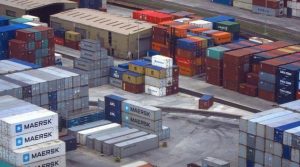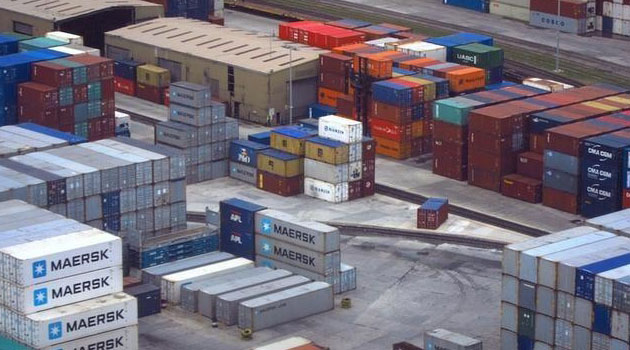Australia’s Trade Surplus Narrows on the Back of Weaker Exports

Australia’s trade surplus narrowed in April, driven by a decline in exports.
According to the Australian Bureau of Statistics (ABS), the trade surplus fell to $977 million in seasonally adjusted terms, slightly below the $1 billion level expected by economists.
March’s trade surplus, originally reported at $1.527 billion, was revised up to $1.731 billion.
Helping to explain the smaller April surplus, the ABS said exports fell by 2% to 34.188 billion, below the record high of $34.951 billion set a month earlier.
Exports of Non-rural goods, the largest component by dollar value, fell by $544 million.
The weakness was driven by weaker exports of metal ores and minerals (predominantly iron ore) and coal, coke and briquettes which fell by $301 million and $404 million respectively.
Those declines were partially offset by an $88 million increase in the value of other mineral fuel exports, namely LNG.
Exports of non-monetary gold slipped by $294 million while those for rural goods fell by $8 million.
Helping to offset those declines, the value of services exports rose by $78 million. Within that figure, tourism-related exports grew by $57 million from a month earlier.
On the import side of the ledger, the ABS said they were almost unchanged in dollar terms, falling by $9 million to $33.211 billion.
Consumption goods fell by $202 million, driven lower by non-industrial transport equipment imports which declined by $138 million.
The weakness in consumption goods was offset by stronger imports of capital goods and intermediate and other merchandise goods, which increased by $114 million and $111 million respectively.
In the latter, the value of fuel imports increased by $126 million during the month, reflecting higher global crude oil prices.
Services imports also increased, lifting by $71 million, while those for non-monetary gold dipped by $104 million.
After adding handsomely to GDP growth in early 2018, Andrew Hanlan, Senior Economist at Westpac, described the April trade report as a “softer start to the June quarter.”
“The surplus of $1.0 billion falls short of the Q1 monthly average of $1.4 billion,” he said.
Importantly, in Q1 the trade position turned around on a rebound in exports and net exports made a solid positive contribution to growth in the period, of 0.35 percentage points.
“This is unlikely to be repeated in Q2, with a more neutral impact in prospect — a view which is supported by the April outcome.”
courtesy : businessinsider.com.au
photo : The Financial Express
[social_warfare buttons=”Facebook,Pinterest,LinkedIn,Twitter,Total”]



